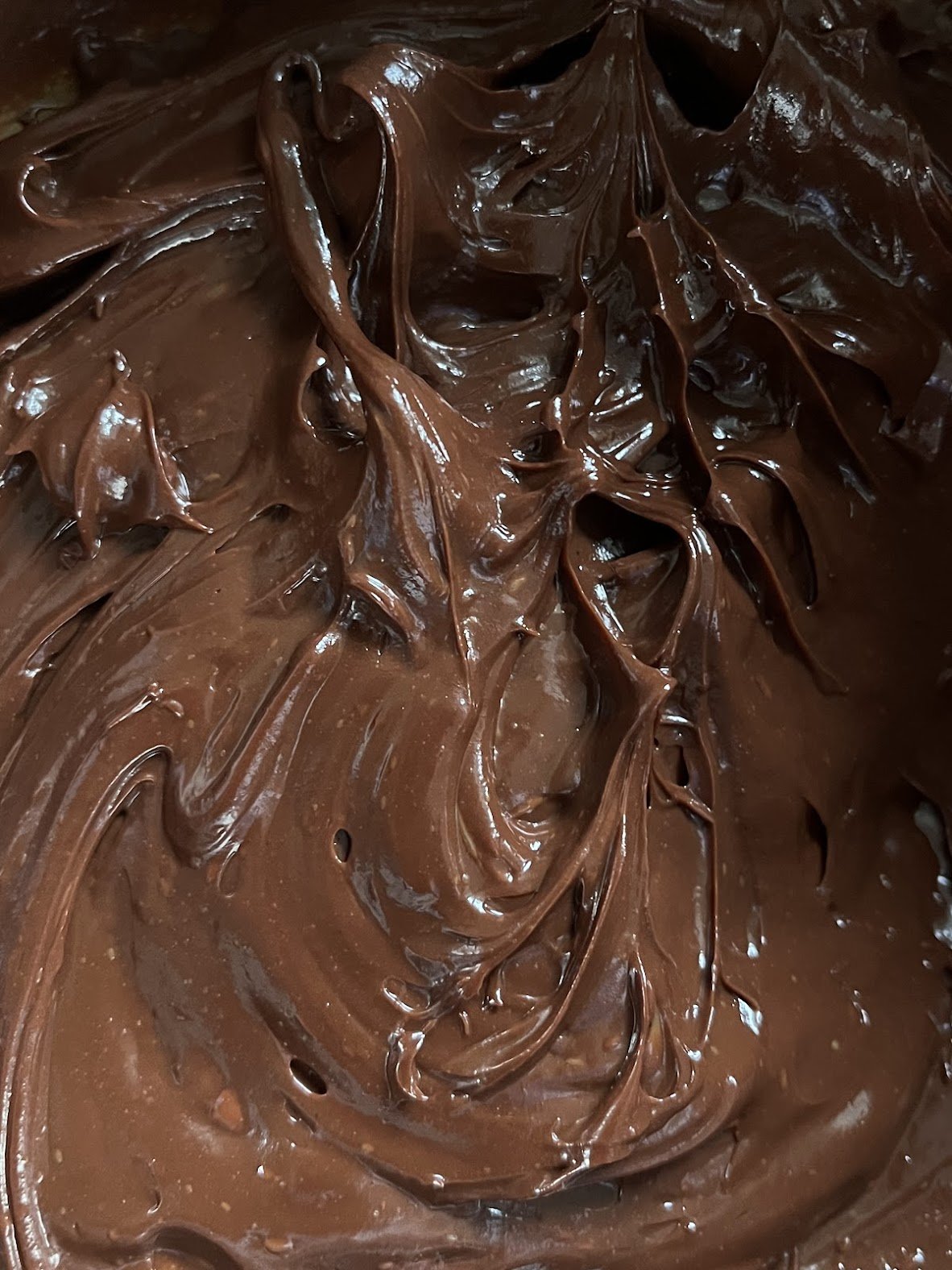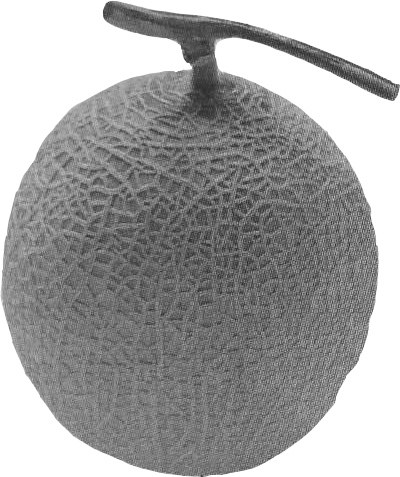Chocolate Cake.
This chocolate cake is one I’ve been tweaking and testing for years. It stays moist for days thanks to the olive oil. It requires no fancy equipment (other than some digital scales) and comes together in one bowl. You can use a round cake tin or a loaf tin, if you’d prefer.
TIPS:
Cooking times vary slightly if you choose a loaf tin, it will take a little longer so just keep testing until a knife comes out clean. Remember all ovens are different, so if yours runs hot or you use a wider cake tin, check it earlier on.
The icing is essentially a cheats ganache, kept a little softer thanks to the addition of some cream. The consistency of sour cream differs greatly from brand to brand, so if yours is runny (the one I use is very thick), you will want to add less cream to save it becoming too loose.
You will find leftovers are best brought to room temperature before eating though, as the ganache will harden in the fridge. If you forget, cut yourself off a slice and zap it in the microwave for 10-15 seconds. The cake is vegan, but the icing is not. But you could sub the icing for a classic cocoa/vegan butter/icing sugar situation if you want to keep the whole thing vegan.
Ingredients:
For the cake:
240g plain flour
85g dutch cocoa
4g fine salt (½ teaspoon)
10g baking soda (1 ½ teaspoons)
150g caster sugar
150g brown sugar
340g (400ml, 1 ½ cups) strong brewed earl grey tea or black coffee
100g (125ml, ½ cup) olive oil
7g (1 teaspoon) white wine vinegar or apple cider vinegar
For the cheats ganache icing:
220g dark chocolate (70% cocoa)
300ml sour cream or creme fraiche
150ml thickened cream
Method.
Preheat oven to 180°C (fan forced) and grease and line a 20-22cm spring form cake tin (or a loaf tin, if you like).
In a large bowl, sieve dry ingredients and whisk to combine evenly.
Add all wet ingredients and whisk batter until smooth. Don’t worry if there are some little lumps remaining.
Pour batter into prepared tin and cook in a centre position in your oven for 50-55 minutes or until a knife or skewer comes out clean. Check it from the 40 minute point if using a wider cake tin or if your oven tends to run a little hot.
Remove from oven and leave in the tin for 15 minutes before removing and cooling on a cake cooling rack. Leave to cool completely before icing. You can speed this up in the fridge if you’re in a rush.
For the ganache icing, choose a medium mixing bowl and fill a saucepan small enough to support that bowl at the top (so that the bottom of the bowl does not touch the water when it’s simmering). Fill the saucepan with a couple of centimetres of water and bring so a simmer.
Break up the chocolate into the bowl and set bowl over the simmering water, stir continuously until the chocolate is melted. Remove the bowl from the saucepan.
Grab a whisk and add sour cream to melted chocolate in two batches, whisking vigorously between each addition. It should be a smooth, even consistency. If your chocolate has seized, place the bowl over the hot water for a brief moment and whisk until it loosens. Then remove again.
Add 100ml of the cream whilst whisking to ensure you have a smooth ganache. Add more of the cream as needed, making sure it never becomes too loose. You want a nice glossy, spreadable consistency - as mentioned above, this will heavily depend on the consistency of your sour cream, some are thicker than others. It will stiffen more as it sets, so I like to ice the cake whilst it’s at a good consistency where it spreads well but still holds it’s shape. Pictures of the ganache consistency can be found below.
Personally, I prefer this cake eaten almost immediately after icing, because it’s hard to resist when the icing is glossy and the cake is fudgy and soft, but as mentioned above, if you have leftovers, you can keep them in the fridge and bring to room temp for eating.




